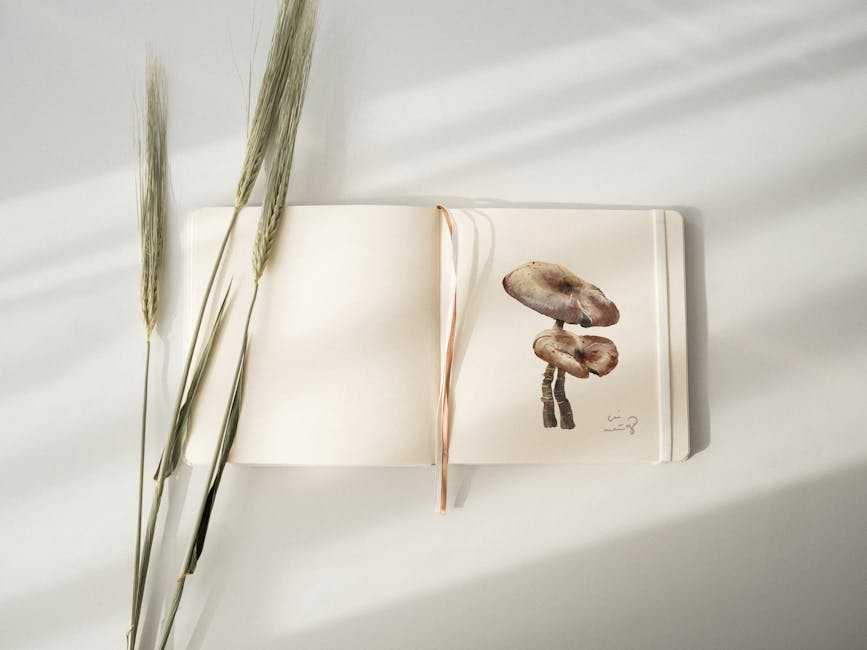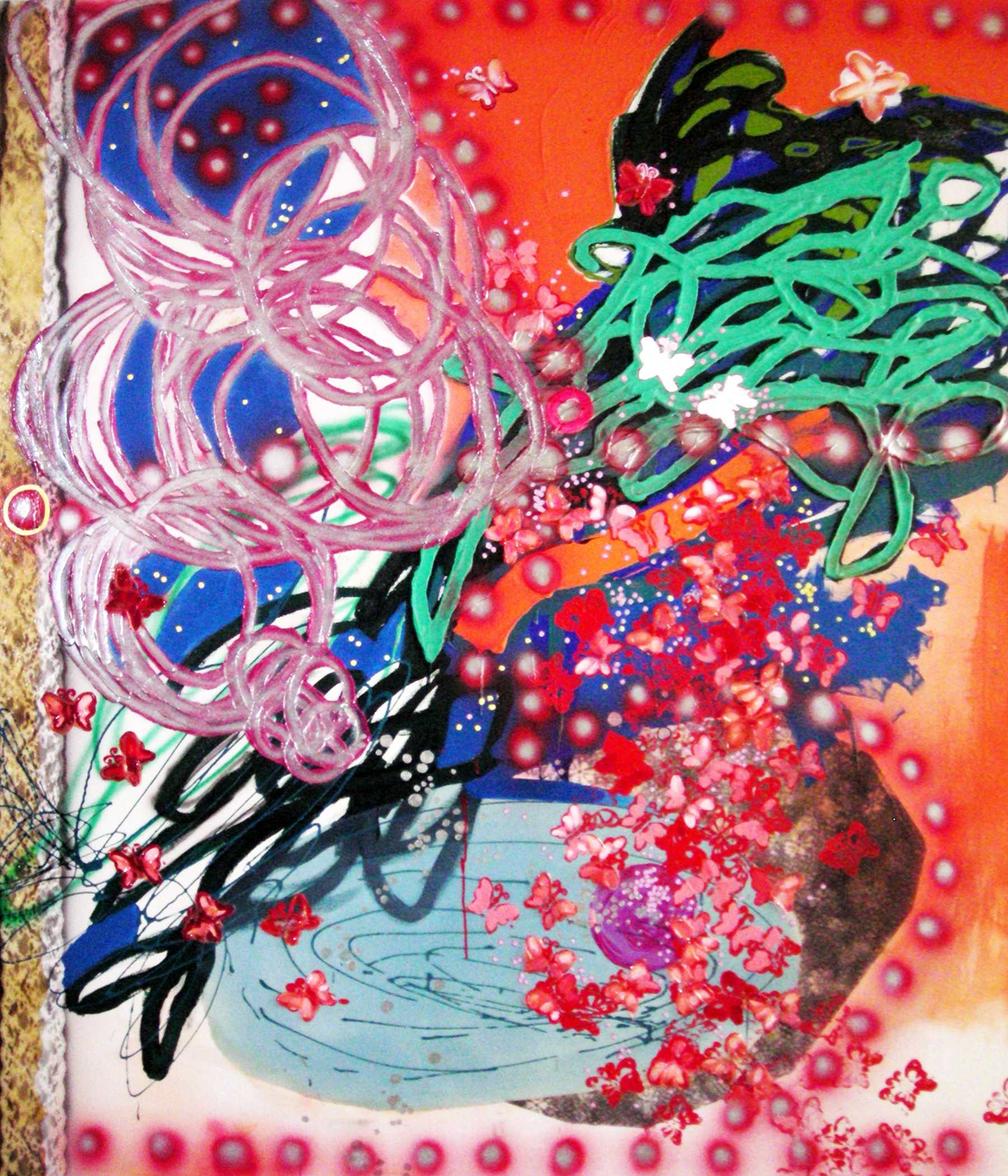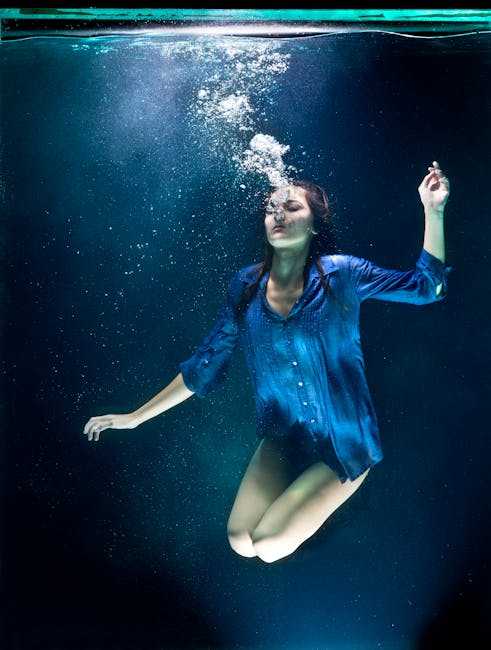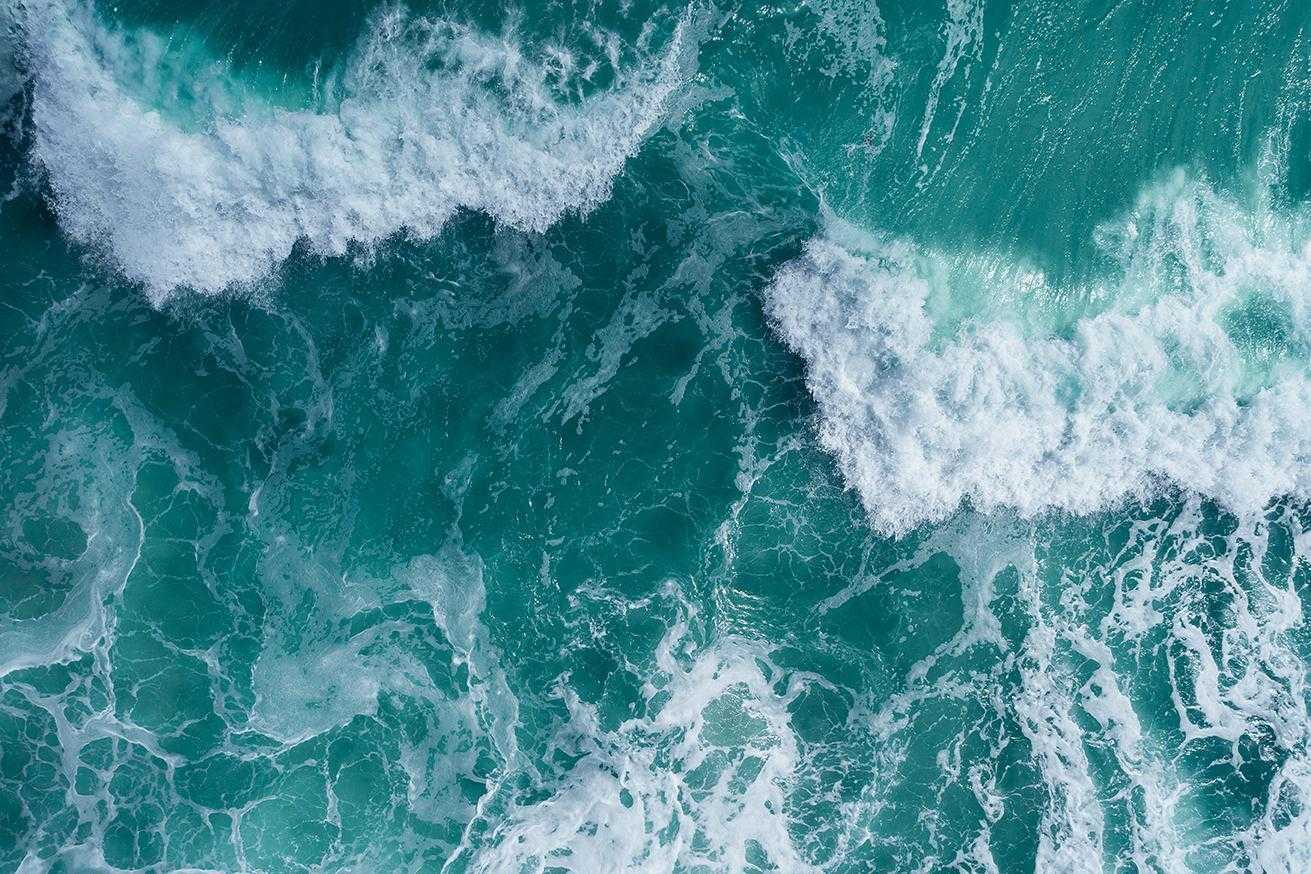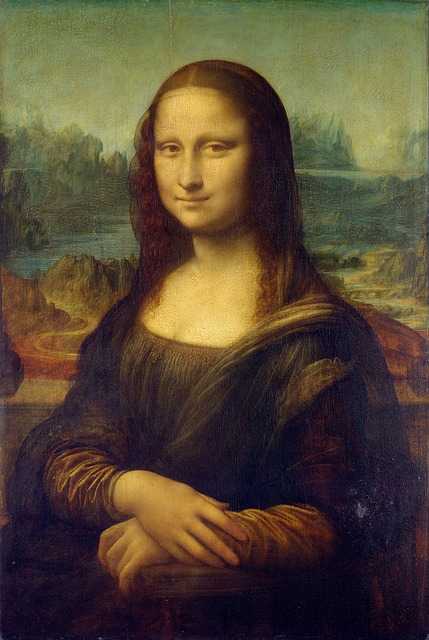Table of Contents
- Exploring the Vibrant World of Watercolor Art
- Choosing the Right Materials for Your Watercolor Masterpiece
- Mastering Techniques for a Stunning Watercolor Creation
- Essential Tips for Preserving and Displaying Watercolor Artworks
- Q&A
- Final Thoughts
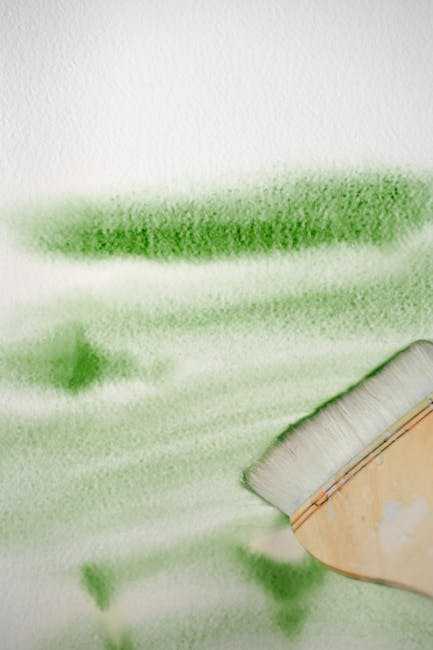

Exploring the Vibrant World of Watercolor Art
Watercolor art occupies a fascinating niche in the art world, celebrated for its ability to convey profound emotions and delicate details. The transparency in watercolor paintings allows artists to layer colors, creating intricate tones and ethereal effects unattainable in other mediums. This unique versatility invites artists from diverse backgrounds to experiment with light and shadow, producing pieces that range from soft landscapes to vibrant abstracts.
- Transparency and Layering: Watercolor lies in its capacity to blend and overlay, producing dimension and depth.
- Fluid Motion: The medium’s fluidity often inspires a more expressive, spontaneous creation process.
- Vivid Colors: Despite its delicate appearance, watercolor can yield a spectrum of bold, eye-catching colors.
Different techniques exist within the watercolor art scene, each adding a unique flair to the finished product. For instance, dry brush techniques offer a contrast to the typical fluidity of watercolor, adding texture and sharpness to artwork. Meanwhile, the wet-on-wet technique emphasizes the medium’s soft, flowing nature, ideal for creating dreamy, atmospheric scenes that capture the viewer’s imagination.
| Technique | Effect |
|---|---|
| Dry Brush | Textured, detailed |
| Wet-on-Wet | Soft, blending colors |
| Glazing | Layered, luminous |
In exploring watercolor art, one cannot overlook the importance of choosing quality materials. The right paper, brushes, and paints make a significant difference in the final appearance of a piece. Paper, for example, needs to absorb and hold color without warping, while brushes should facilitate smooth application. With the myriad of choices available, artists are encouraged to experiment and find the tools that best complement their artistic intentions.


Choosing the Right Materials for Your Watercolor Masterpiece
Creating a stunning watercolor piece starts with the right choice of materials. Quality watercolor paper is the foundation of your artwork. The texture and absorbency of your paper can significantly influence the outcome. Opt for cold-pressed paper if you prefer a textured surface, or choose hot-pressed paper for a smoother finish. Both options come in various weights; for most watercolor projects, selecting a weight of at least 140 lb (300 gsm) is recommended to prevent warping and ensure durability.
Your choice of paints also plays a critical role in your artwork’s vibrancy and longevity. High-quality watercolor paints are available in both tubes and pans. Tubes offer highly pigmented colors that are ideal for bold, vivid artworks, while pans provide convenience and are well-suited for on-the-go painting. Selecting artist-grade paints over student-grade will generally offer better pigment concentration and lightfastness, ensuring your masterpiece remains brilliant over time.
| Type | Advantages | Best For |
|---|---|---|
| Tubes | Vibrant colors, larger color mixes | Studio work, bold pieces |
| Pans | Portability, ease of use | Travel painting, quick sketches |
Don’t overlook the brushes, which are essential tools for creating texture and detail. Natural-bristle brushes, such as those made from sable hair, offer superior water retention and smooth color application. On the other hand, synthetic brushes can be more durable and cost-effective, ideal for beginner artists. Having a variety of brush shapes and sizes at your disposal, from round to flat brushes, ensures you’re equipped to tackle any artistic challenge.
- Round brushes: Great for detail work and delicate lines.
- Flat brushes: Ideal for bold strokes and washes.
- Filbert brushes: Excellent for blending and soft edges.
consider the additional tools that can refine your technique and enhance your artwork. Palette knives, for instance, can create texture and interesting effects. Masking fluid allows sections of your work to remain untouched for later detailing. Also, explore adding a range of palettes – from porcelain to plastic – to mix your paints. A well-chosen ensemble of these materials will open a myriad of possibilities, enriching your watercolor journey and helping you to realize your artistic vision.
Mastering Techniques for a Stunning Watercolor Creation
Unlocking the potential of watercolor art requires an understanding of its unique behaviors and quirky unpredictability. Achieving that enchanting translucency, subtle blending, and organic flow begins with selecting the right materials. It’s essential to invest in quality supplies, such as professional-grade paints, which offer richer pigments and smoother applications. Equally important is choosing the right paper, typically a cold-pressed 140 lb or heavier, enabling the paints to interact effectively without distortion. Moreover, having various brush types at your disposal allows for a range of strokes, from sweeping washes to intricate details.
Once you’re equipped, the real magic lies in mastering the medium’s inherent fluidity and spontaneity. Begin with wet-on-wet techniques, where you place pigment onto a damp surface, creating soft-edged blends perfect for skies and landscapes. Conversely, explore wet-on-dry methods for sharper details, like delicate florals or architectural features. Layering these techniques can add depth and dimension, building a visual narrative within each piece.
Color mixing is a cornerstone of watercolor artistry that empowers painters to create stunning, bespoke hues. Practice blending primary colors to create a cohesive palette, avoiding over-saturating areas with too many pre-made mixes. Pay attention to color harmony and contrast, focusing on how light and shadow interact to enhance your subject’s vibrancy. A simple table below demonstrates basic color mixing principles:
| Base Color | Blend with | Result |
|---|---|---|
| Blue | Yellow | Green |
| Red | Blue | Purple |
| Yellow | Red | Orange |
Experimentation is crucial. Develop your signature style by trying out diverse techniques such as salt texture, which adds sugary granules to wet paint for fascinating crystal-like patterns, or lifting, where you gently remove pigment to highlight or correct areas. Constant exploration not only enhances your skills but also keeps your artistic journey exciting. Remember, each paint stroke is a learning experience, shaping you into a more adept and creative watercolor artist.
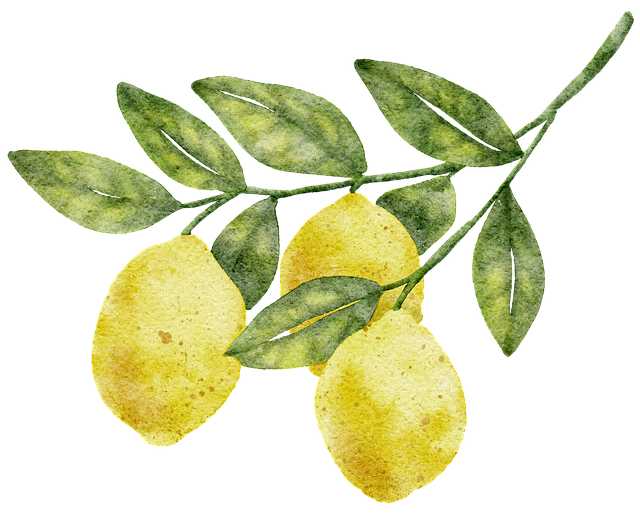

Essential Tips for Preserving and Displaying Watercolor Artworks
Preserving watercolor pieces requires careful attention to their delicate nature and sensitivity to both light and moisture. To safeguard your artwork against the fading effects of ultraviolet (UV) rays, it’s crucial to use UV-protective glass or acrylic when framing. This helps in mitigating the risk of color degradation over time. Moreover, opting for acid-free matting materials will prevent the artwork from yellowing or becoming brittle, ensuring it retains its original vibrancy for many years.
A suitable environment is essential for the longevity of watercolor paintings. Ensure that the display area has a stable climate, avoiding locations with fluctuating temperatures or high humidity, such as bathrooms or kitchens. Humidity levels should ideally remain around 50%, and you might consider investing in a dehumidifier if the natural environment varies significantly. Keep artworks away from direct sunlight, which is a principal cause of fading and degradation.
When it comes to showcasing your watercolor collection, consider using non-reflective glazing to reduce glare, enhancing the viewing experience while protecting the piece. Choose frames that complement but do not overshadow the art itself; subtle wooden or metal frames often work best. Additionally, employing a specific lighting setup dedicated to art displays can highlight the piece’s details without subjecting it to prolonged direct light exposure.
| Recommended Practices | Notes |
|---|---|
| Use UV-protective glass | Prevents color fading |
| Install dehumidifiers | Maintain around 50% humidity |
| Choose subtle frames | Enhances, not overpowers |
Lastly, careful transportation and handling can prevent physical damage. Always handle the artwork by holding the edges or using gloves, particularly if your hands are not impeccably clean, to avoid transferring oils or dirt onto the surface. Avoid rolling watercolor paintings for easy transport; instead, keep them flat and well-supported in a protective case or a custom-made carrying portfolio, ensuring their safety during any move.
